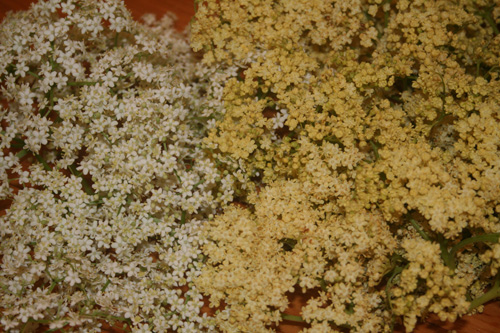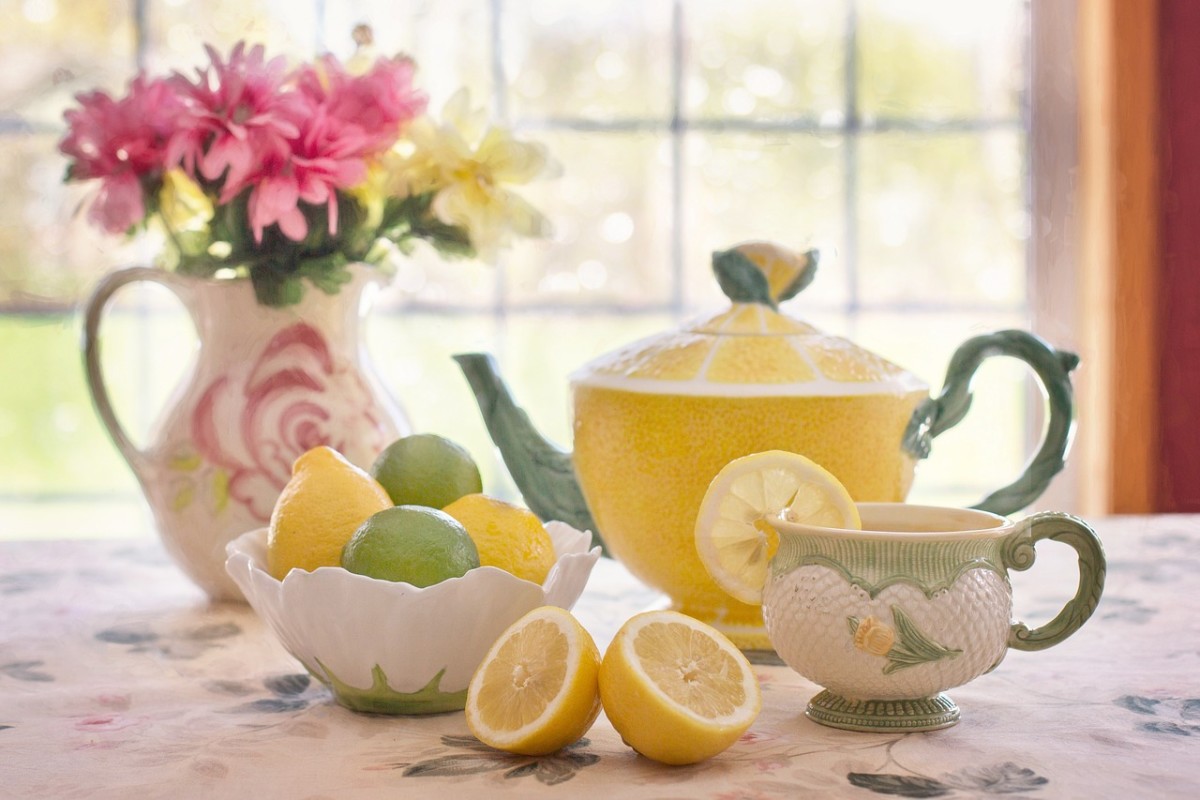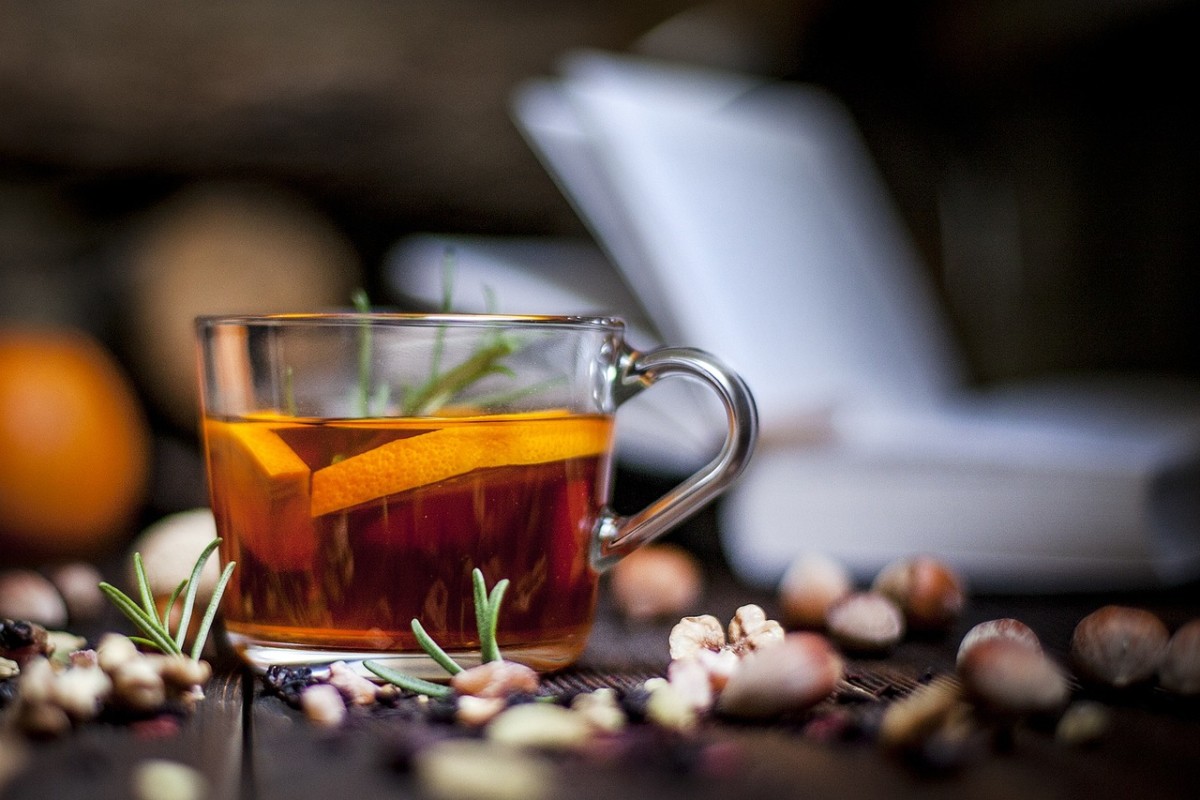Tips and Herbal Recipes for Treating Colds & Flu
While there is still no cure for the common cold, there are numerous herbal and holistic treatments that are quite effective for combating the scourge that seems to hit some of us each year. While prevention is preferable, sometimes despite all your efforts you get sick anyway. Here is a hub on what steps I take to prevent colds and flu.
But what to do once a cold or flu takes hold?
As I write this, I am on the tail-end of the first bug I have had in several years so I have recent experience with these treatments. Keep in mind that holistic and herbal treatments are not instant cures. They work mostly by boosting your immune system so your body can heal itself. It has been my experience as a folk herbalist that people who are used to taking prescription drugs for every ailment they catch will take longer to see effects from holistic treatments. I speculate that it may be because their immune systems are not used to working on their own. I am not a doctor or scientist but it seems common sense to me that when your body fights and wins, it grows stronger and more resistant to invaders. When something else fights the battles for it, it gets lazy and weak. Of course there are some things you really need to see a doctor for. I’ll leave that to your best judgment.
If you want to treat yourself holistically at home, here are some recipes and tips to get you feeling better. I find it is best to use these methods in conjunction with each other rather than only one. Getting started at the very first sign of illness, that weak feeling or slight twinge in the back of the throat, can sometimes kick out the bug before it takes hold.
Elder Flowers

Herbs to use for colds and flu
Here is a list of herbs that I use most often. You can buy bulk herbs at many health food stores or online at Mountain Rose Herbs.
Chamomile – use in teas
Echinacea – use in teas and tinctures
Elderberries – use to make teas & syrups
Eucalyptus – use as steam inhalant
Garlic – eat whole cloves raw
Horehound – use for coughs & sore throats
Lavender – use as steam inhalant
Lemon Balm – use in teas
Lemongrass – use in teas
Marshmallow – use in teas & syrups
Onions – use in syrups and as a poultice on the chest
Plantain – use in teas & syrups
Peppermint – use in teas
Sage – use as gargle and in tea
Slippery Elm Bark – use in teas and syrups
Stinging Nettles – use in teas & syrups
Recipes and tips
My grandfather was a preacher who traveled around to the local country churches peddling his gospel. Being the Hell Fire and Brimstone type, he depended on his booming voice for effect. He always carried horehound cough drops in his pocket to combat laryngitis, a dry or sore throat, and coughs. Here is a recipe to make your own.
Horehound Cough Drops (from www.greenchronicle.com)
Ingredients:
1 3/4 pints horehound leaves
and stems
1 pint water
3 cups organic sugar
1/2 cup organic butter
Directions: Make a strong brew of horehound by boiling the leaves and stems in the water for half an hour. Strain and add the sugar to the resultant liquid. Boil again and add the butter. Continue to boil until syrup has reached the "hard ball" stage when dropped into a saucer of cold water. Pour into a buttered shallow tin. When cool, mark it into squares. When hardened break squares apart and wrap each one in greaseproof paper.
Here is the recipe for my favorite tonic for colds and flu.
Elderberry herbal syrup
1 cup Elderberry juice (can use 1/2 cup dried berries + 1 cup water)
2 oz vegetable glycerin
1 tsp slippery elm bark
1 tsp marshmallow root
1 tsp licorice root
1 tsp mullein
I prefer to gather, juice, and can my own berries each year. You can also gather and dry them. If you aren’t able to do this, you can purchase dried berries from your local health food store.
Combine the juice (or dried berries and water) and the dried herbs in a saucepan and bring to a boil. Simmer for about 15 minutes. Remove from heat and let stand for another 20 minutes. Strain. Press the herbs hard with the back of a spoon to get out all the drops of liquid you can. Add the vegetable glycerin and stir well. Pour in a glass jar or bottle and keep in the refrigerator. Will keep for several weeks and up to a few months.
Take a tablespoon three times a day until you are feeling better.
Steam Inhalant
Some people cannot tolerate over-the-counter decongestants or prefer to use natural methods. I am in both camps so must use alternative methods when I’m too plugged up to breathe. Steam with essential oil is my favorite.
Simply bring a pan of water to boil and remove from heat. Add a few drops of eucalyptus or lavender oil to the water and breathe in deeply. You may drape a towel around your head and over the pan to create a tent for a more concentrated inhalant.
Did your mom use Vick’s Vaporub on you as a kid? It’s still quite effective today. Rub some on your chest and breathe in the vapors as you sleep.
Gargle with sage
Sage is a very soothing herb. Not only does it help heal mouth sores, it makes a wonderful gargle for a sore throat. Just put a heaping teaspoon of sage leaves in a cup and pour about 1 cup of boiling water over the leaves. Let this steep for 10-15 minutes. Strain and gargle the warm tea. Keep the leftovers in the fridge and re-warm for the next gargle.
Use Herbal Teas
When you catch a cold or flu, herbal teas are one of the best treatments. You get the effects of the herbs, steam for your sinuses, and extra liquids for flushing out your system all in a simple cup of tea. You can use the herbs individually or mix them together. Add lemon juice and honey for flavor and an extra soothing boost for coughs. (Do not use the honey if you are treating a child less than one year of age. It can cause infant botulism which can be deadly.)
I mix my herbal teas according to what’s on hand. I try to keep several of the varieties listed above in my cupboard. Use a combination of three or four herbs. I’ve listed what I use in the recipe below.
I love tetsubin tea pots for my herbal teas. In addition to being cast iron, they also come with their own mesh infuser. I use a tea cozy to keep the pot warm longer. Here is a link to making your own tea cozy. If you don’t have a teapot, you can always make your teas in a saucepan.
As a general guideline, use about one teaspoon of dried herbs per cup of water. If you use fresh herbs out of the garden use 2-4 times as much.
Step 1. Mix together 1 teaspoon each of dried nettles, elder flowers, anise seed (crushed), lemongrass, and peppermint leaves. I like to use a mortar and pestle to lightly crush and mix the herbs. Place in a tea strainer/infuser and set in teapot or other appropriate vessel that will hold about a quart.
I use anise seed, lemongrass, and peppermint or spearmint leaves for flavor. Many medicinal herbs do not taste that great so adding these herbs to flavor the tea can motivate you to drink more. If you like your tea sweet, add a bit of stevia to your cup.
Step 2. Place 1/2 teaspoon each of Echinacea root, Elecampane root, and Ginger root in saucepan with 1 quart (32 oz) water and bring to a gentle boil. Reduce heat, cover with lid and simmer for 20 minutes. Remove from heat.
Step 3. Pour the hot water and roots over the other herbs in the teapot infuser. [picture] Let steep for 10-15 minutes and strain. Store in the refrigerator for no more than a couple of days. Warm each cup of tea before drinking.
Drink one cup of tea 3-4 times a day.
Here's a great healing tea recipe from another hubber.
Eat healing foods
Yes, your grandmother’s chicken soup really did help. So will any clear broth. It will nourish you and help break up mucous. Be sure to add lots of onions and garlic to the soup. They both have anti-viral properties that may speed healing.
Eat extra citrus fruit for a higher vitamin C intake.

Rest!
Rest is such an important component in combating illness but we often keep pushing ourselves to keep going because we have demanding jobs and so much to do. This extends the time it takes for our body to heal itself. We remain sicker longer. Even if you have a mild case of the flu and feel you can still work, shop, or play - stay home and treat your illness aggressively. Use this “down time” to read a good book, watch your favorite movies, or work on a craft project. You’ll heal faster and prevent other people from getting sick too.










